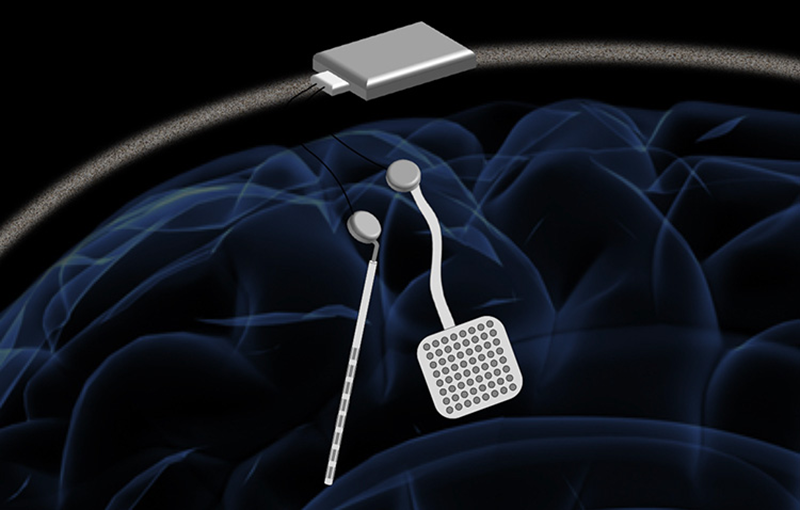Neurostimulation is often used to treat conditions such as epilepsy, effects of stroke, and even depression. In this type of treatment, special devices are used to send to control the activity of the brain and central nervous system.
However, currently available neurostimulator devices cannot simultaneously stimulate brain activity and record it.
Related Abbott, Medtronic Driving Deep Brain Stimulation Innovation for Parkinson’s Disease
Now, researchers at UC – Berkeley, have developed a wireless electrode array implant that can listen to and stimulate electric current in the brain at the same time, potentially delivering fine-tuned treatments to patients with diseases like epilepsy and Parkinson’s, reports Berkeley News.
Called “WAND” (Wireless Artifact-free Neuromodulation Device), the implantable device has two tiny external controllers, each of which monitors 64 electrodes that sit in the brain.
This device can monitor electrical activity in the brain and learn to identify abnormal signals that indicate the presence of a seizure or tremors. WAND can then help modulate electrical signals in the brain to prevent such events and symptoms. And because it is closed-loop — meaning it can stimulate and record simultaneously — it can adjust these parameters in real-time.

“The process of finding the right therapy for a patient is extremely costly and can take years. Significant reduction in both cost and duration can potentially lead to greatly improved outcomes and accessibility,” said Rikky Muller, an assistant professor of electrical engineering and computer sciences at Berkeley. “We want to enable the device to figure out what is the best way to stimulate for a given patient to give the best outcomes. And you can only do that by listening and recording the neural signatures.”
Related Tencent Partners Up with Medopad to Use AI for Parkinson’s Disease Treatment
Unlike similar existing devices, which can only record electrical activity from up to eight points in the brain, WAND can track activity from 128 different channels.
To demonstrate the device, the team used WAND to recognize and delay specific arm movements in rhesus macaques.
The device is described in a study that appeared in Nature Biomedical Engineering.












